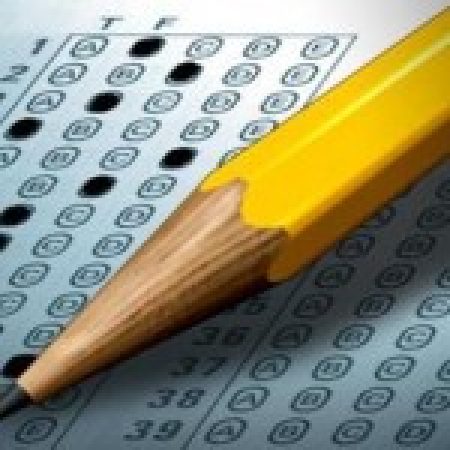In the ongoing discussions over Virginia’s Standards of Learning exams, advocates of SOL reform may want to keep that adage in mind.
Those who argue that, without exception, Virginia’s Standards of Learning program is not meeting the needs of our students, parents or teachers might want to consult the Commonwealth Educational Policy Institute’s annual poll. In that poll, 55 percent of minorities felt that SOLs improve student achievement, compared with only 37 percent of whites.
The results should not be surprising. Virginia’s African-Americans long suffered not only from inferior schools but from inferior expectations. The Standards of Learning ensured, for the first time, that all students — black or white — would be expected to learn the same thing. And indeed, in every major academic indicator — from Advanced Placement results to National Assessment for Educational Progress scores — Virginia can usually be found in the top five states. Surely, the SOL program is working for someone.
I’ve argued in the past that the rush for SOL reform runs the risk of leaving behind those who have been helped by the standards. That does not mean a two-decades-old system isn’t in need of reform, particularly in light of rising expectations for career and college readiness, and a technology-savvy generation for whom information is at their fingertips 24/7.
Reform is needed — but now advocates ought to be asking if what they’re getting from recent legislation and the competing budget bills is what they really want.
Reform, for example, should include more “authentic assessments” — tests that ask students to demonstrate the depth of their understanding beyond multiple choice responses. So why did the General Assembly eliminate one of only three authentic assessments already given — the fifth-grade writing exam requiring students to demonstrate their understanding through essays and clearly communicate their thoughts? No school administrator, business leader, school board member or teacher I’ve talked to believes this was a wise move.
Perhaps the test went on the chopping block because its cost constitutes nearly half of the $2.9 million to be saved by eliminating five SOL tests next year, thus freeing up monies to invest in better exams. Alas, neither the House nor Senate budget invests any of those funds in developing better exams.
Instead, local school systems will be required to develop their own authentic assessments. This means already challenged school divisions like Petersburg, Norfolk, Franklin City, Richmond City and others are expected to come up with these new assessments on their own. So will very small school divisions like Highland County (total enrollment: 206). And, since no funds are included for professional development, they’ll need to train their teachers how to administer these new types of assessment as well.
That suggests some rough sailing ahead for school divisions and teachers alike.
One reform measure that has already been in the works is a move to computer adaptive testing, in which the computer program adjusts the difficulty of questions throughout the test, adapted to each
test-taker. Not only can computer adaptive tests shorten test times by half, but the exam results offer a more accurate way to evaluate student performance and measure growth.

Accelerating the use of computer adaptive testing would move Virginia further along the road to competency-based learning, in which students who know the basic coursework can move quickly to more challenging assignments. But while using computer adaptive exams has been encouraged by many, none of the funds saved from eliminating five SOL tests has been re-purposed for expanding the use of CAT.
The record is clear: States that have successfully introduced academic reforms have invested heavily in better curriculum, better tests, and teacher training. At the dawn of the Standards of Learning program, Virginia spent about $200,000 developing each test, and another $59 million for teacher training. In today’s dollars, that comes to more than $79 million.
True reform is more than just cutting back. And creating reform on the cheap by off-loading it to school divisions that are ill-prepared to develop the assessments or pay the expense associated with them runs the risk of providing the short-term appearance of reform while sacrificing the prospect of transformation that would put Virginia back on the cutting edge of the standards movement.
(This column first ran in the Richmond Times Dispatch)
Email this author






